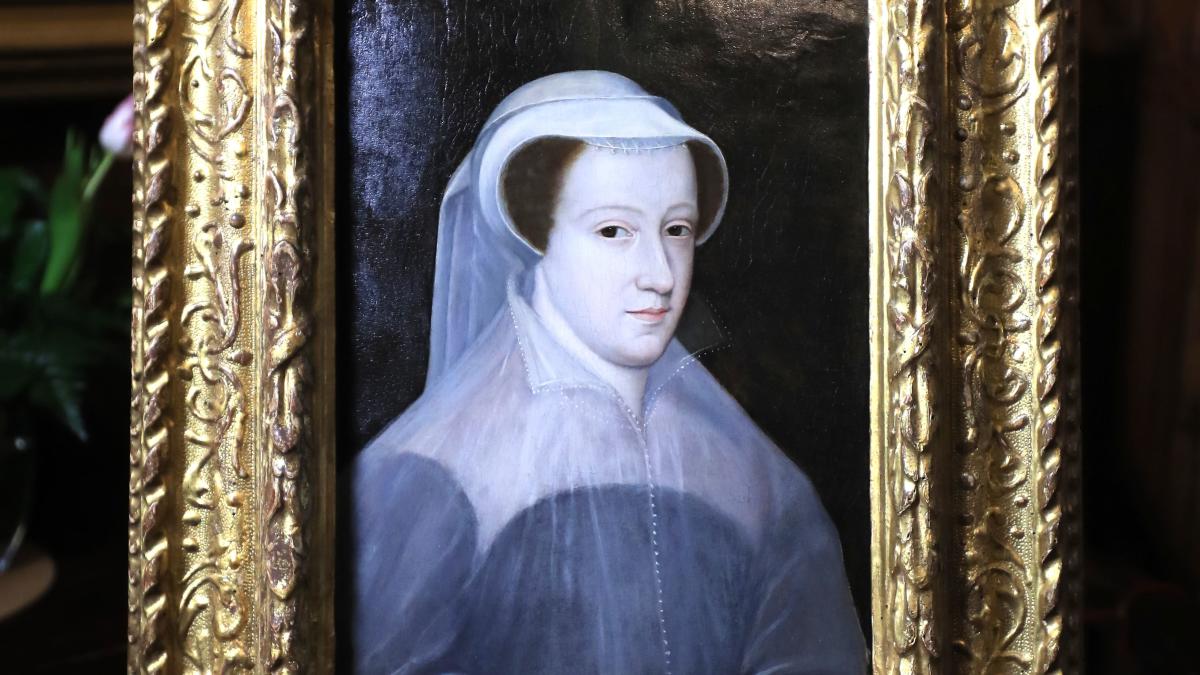“How Codebreakers Unlocked the Mysteries of Mary Queen of Scots’ Secret Letters”
Secret letters written by Mary Queen of Scots while imprisoned in England by her cousin Queen Elizabeth I have been deciphered.
Experts said the codebreakers’ work was the most significant discovery about Mary in 100 years.
For centuries, the content of the letters was considered lost.
Until George Lasry, computer scientist and cryptographer, Norbert Biermann, pianist and music professor, and Satoshi Tomokiyo, physicist and patent expert, came across them in the French national library – Bibliotheque Nationale de France (BnF). .
The trio discovered that Mary had written the letters after solving her cipher system.
Her work on 57 letters revealed 50 new scripts unknown to historians.
The letters date from 1578 to 1584, a few years before Mary’s beheading 436 years ago today – on February 8, 1587.
According to the decoders, the letters reveal fascinating insights into their captivity.
Most are addressed to Michel de Castelnau de Mauvissiere, the French Ambassador to England, who was a follower of the Catholic Mary.
Mr Lasry, lead author of the study, said: “When I deciphered the letters I was very, very confused and it felt kind of surreal.
“We used to crack secret codes of kings and queens and they are very interesting, but it was remarkable with Mary Queen of Scots because we were able to decipher so many unpublished letters and because she is so famous.
“This is a really exciting discovery.”
As part of the multidisciplinary Decrypt project involving several universities in Europe, with the aim of mapping, digitizing, transcribing and decrypting historical ciphers, he added: “Together, the letters constitute a vast body of new primary material about Mary Stuart – some 50,000 words in all and sheds new light on some of her years of imprisonment in England.
“Mary, Queen of Scots left an extensive corpus of letters which are preserved in various archives.
“However, there was previous evidence that other letters by Mary Stuart were absent from these collections, such as B. those referenced in other sources but not found anywhere else.
“The letters we decrypted…are most likely part of this lost secret correspondence.”
During her captivity, Mary communicated with her associates and allies, and went to great lengths to recruit messengers and maintain secrecy.
The existence of a confidential channel of communication between Mary and Castelnau is known to historians and even to the English government of the time.
But the codebreakers provide new evidence that this exchange took place as early as May 1578 and was active at least until mid-1584.
Computer and manual techniques were used to decipher the letters, showing the challenges Mary faced maintaining connections with the outside world, how the letters were carried and by whom.
Key topics in the correspondence include complaints about her poor health and conditions in captivity, and her negotiations with Queen Elizabeth I for her release, which she says were not conducted in good faith.
The letters reveal her distrust of the Queen’s master spy, Sir Francis Walsingham, as well as her animosity towards Robert Dudley, Earl of Leicester and a favorite of Elizabeth’s.
She also expresses her despair when her son James (future King James I of England) is kidnapped in August 1582, and her feeling that they have been abandoned by France.
In this special issue of Cryptologia, the authors describe how some of the letters in a large set of unmarked documents were encoded and used the same set of graphic symbols.
The BnF catalog lists them from the first half of the 16th century and refers to Italian affairs.
However, the study authors say that soon after they started cracking the code, they quickly realized it was written in French and had nothing to do with Italy.
Her work revealed verbs and adverbs, often in the feminine form, several mentions of captivity and the name “Walsingham”, suggesting the documents may have been written by Mary, Queen of Scots.
This has been confirmed by comparison with the plain text of letters in Walsingham’s papers in the British Library and by other methods.
A search for similar letters in BnF collections returned 57 with the same cipher.
Commenting on the new paper, Mary Queen of Scots expert John Guy, who wrote the 2004 biography of Mary Queen of Scots, said it was the most significant find about Mary in a century.
He said: “This discovery is a literary and historical sensation. Fabulous! This is the most important new find about Mary Queen of Scots in 100 years.”
The authors suggest that other encrypted letters written by Mary may still be missing.
Don’t miss interesting posts on Famousbio
